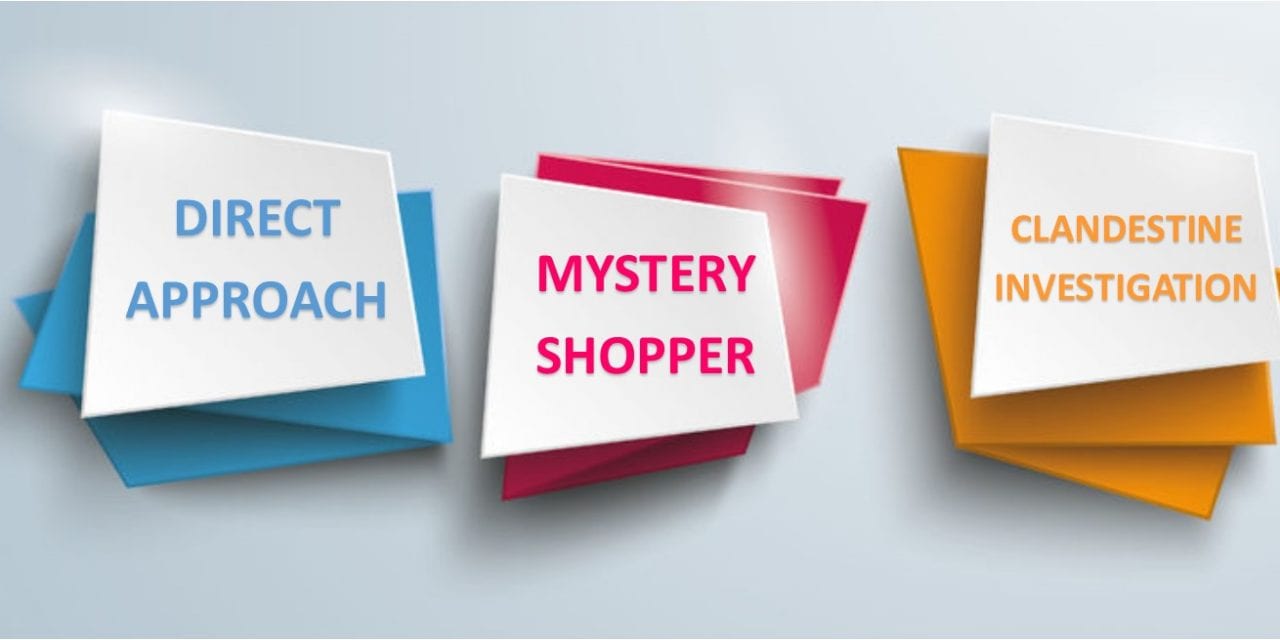Staying competitive requires that you know and understand your competition. We have the tips and tools you need!
By Pam McDonald
Staying competitive requires that you know and understand your competition. Part 1 of this article – “If You Want Marketing Plans That Work, You Need to Base Them on ‘Real’ Information” – looked at publicly available sources of this information. Part 2 focuses on in-person or 1-1 collection of this data. Both pieces summarize a how-to webinar about competitor intelligence gathering that was presented in early March by Caring.com, the #1 senior care resource and a Senior Housing Forum partner.
The co-presenters were Lana Peck, a market researcher and subject matter expert for NIC, and Scott Townsley, a University of Maryland professor and strategy consultant for senior housing through Trilogy Consulting. With 20-year’s experience each, they shared expertise they’d gained providing research and strategic planning services to the senior living industry.
Scott notes that many providers focus on communities within a 5-10 mile radius of their location but he says, “While geography tells us some things, consumers don’t particularly care about it once it’s established that the community is close to home, to where their family is.”
He notes, “When I’m doing a market analysis or strategic plan, the first group I want to talk to are the folks who’ve made a decision to move to the community. I’ll probably spend two-thirds of the time in a focus group discussing how they made their decision, why they made that decision, and, importantly, who else they considered, who they talked to, who they visited, and what they thought about those other organizations.”
Three Essential Approaches
Scott says that phone calls and site visits “give you the opportunity to fill-in what might be missing from your online review.” He says there are essentially the following three approaches to person-to-person competitor information gathering:
1. Direct Approach
2. Mystery Shopper or 3rd Party
3. Clandestine Intelligence Gathering
Additionally, within these approaches, the interviewer has to decide whether he is going to be truthful, bend the truth a little, or be deceptive. Scott says the interviewer has to make “judgments in split seconds. You’re determining who you’re talking to and which approach they’re likely to respond to.”
Direct Approach
“If it’s general [information], I might try the receptionist. I may need to talk with the salesperson. Rarely [do] I need to talk with the Executive Director. It’s a lot easier to get information out of a salesperson . . . than it is to get information out of an executive director.”
He notes that when he’s using the direct, truthful approach, he says something like:
“Hi, I’m Scott. Here’s my card. I’m doing a market study in the area. I’ve heard great things about your community. Do you have a few minutes to show me what everyone is raving about?”
Buttering them up often works, he says, “but, when it doesn’t I might offer them something like ‘I’ll send you a copy of the summary when I’m done; wouldn’t that be of interest to you?” Or he might bend the truth with a white lie saying, “I’m a consultant. I’m doing a market study for a community 15 miles away.’ Or I might say I’m doing a study on a level care that the community I’m talking to doesn’t offer.”
Mystery Shopper
Scott believes that there are people and firms that do a great job of mystery shopping, but he warns that they need to be knowledgeable about senior living. He recommends talking with the people who are actually going to do the work to determine their credibility.
He also says, “Be really careful about using the ‘I’m shopping for my mother’ approach because that’s going to come back to haunt you. Salespeople can usually sniff you out.”
Clandestine Investigation
Scott is convinced that doing one’s own clandestine investigation is the toughest. He says, “Typically people are going to know who you are. Or later on, folks are going to figure out that, ‘hey, that was you who walked into the building and pretended you were someone else’.”
He points out that while he doesn’t practice, he is an attorney and feels it’s important for him to mention anti-trust, price fixing, and collusion considerations. He provides the following definition, “Price fixing is an agreement in writing, verbal, or inferred from conduct among competitors that raises, lowers or stabilizes prices or competitive terms.”
He notes that the key is an appearance or inference of an agreement and says, “If you share information with a competitor and both your budgets comes out the next month with the same rates, it could raise eyebrows. Do your competitor analyses in beginning of the year or mid-year, not in the month you’ll determine prices.”
Scott says interviewers need to maintain their objectivity and not be influenced by personal feelings or opinions while collecting or analyzing the data. He also notes that each community needs to identify its own competitive advantage. He quotes business guru Jack Welch: “If you don’t have a competitive advantage, don’t compete.”
He concludes, “You’re investing time and dollars in competitor analysis. It should not be just for keeping up, but get you ahead of the pack.”
The entire presentation can be viewed on YouTube by clicking on the link below:
Webinar: Get the Scoop! Effective and Ethical Competitive Intelligence for Senior Housing
And, the presentation deck is online at Caring.com – March Webinar.
Caring.com has the largest online collection of senior care reviews and is visited by about 3 million senior living and care consumers each month. It also offers webinars on a nearly monthly basis to enable senior living management to improve operations.
For more information about Caring.com, call (800) 973-1540 or visit their website by clicking the logo button below:
Download a PDF copy of this article by clicking the button below:











